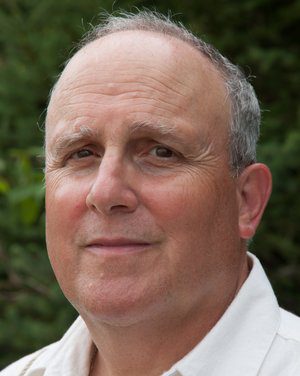We aspire that our commitment to personal openness, gentleness, self-knowing and societal decency will in some ways contribute and encourage wider appreciation of the heart of awake – a ripple effect. That can to some extent be the case, but strategic activism requires more than that.
Crucial to a strategic vision is knowledge – especially self-knowledge – and a view of the whole that seeks to bring conflicting views into a larger perspective within which we are discovering and executing activity that generates next steps – a path from where things are, to where we aspire for them to be. Our spiritual credentials or even accomplishment does not necessarily translate into accomplishment on the ground. Just because we may have a compelling philosophy and some ability to connect with awareness or avoid being sucked into passing emotional traps does not mean we will be effective organizers, activists or advocates. How do we bring and empower our view, practice and action together?
In the Shambhala teachings we call such a path-oriented approach to practice “raising windhorse.” Windhorse is the self-existing energy of basic goodness in action.
Trungpa Rinpoche described this apparent distance between what we aspire to achieve and the constraints we actually encounter as the seeming separation between the fruition of ‘heaven’ and the ground of ‘earth’. Dynamically advancing an energetic path from earth to heaven is our challenge. This teaching points to the missing link and energizing force as ‘humanity’. This is, lo and behold, the same quality of awake or goodness that we touch directly through the practices of mindfulness-awareness but in this context we are expressing our nature and raising our unconditional confidence explicitly to energize the path.
In the Shambhala teachings we call such a path-oriented approach to practice “raising windhorse.” Windhorse is the self-existing energy of basic goodness in action. We can contact this energy within ourselves and work with it in concert with others. Doing so is in essence acknowledging the strength within our nature of awake on a concrete, even physical level and applying that strength generously.
This is not theoretical. We can do this by focusing our mindfulness-awareness practice in a more expansive way, simultaneously sensing the solidity of our ‘earth’ and the spaciousness of our ‘heaven’ and joining them through an intentional flash of connection. But this flash of connection is merely the beginning. Sakyong Mipham Rinpoche has pointed out that it is hard and continuing work to feel, appreciate, and embody our nature. In most cases that is neither our training nor our habit as we exist within societies that do not nurture such an attitude. Our modern world promotes a strange combination of speed, sleep and escape magnetized by technologies and now social media. All of this “dulls us to our own brilliance and tenderness” – two essential qualities for workability, much less leadership, on a path.
I believe it is possible to hold or at least return to such a centered (not self centered) attitude – engaging and leading from the heart of awake, moving forward and learning to work with conflict in a more profound and effective way. The basis of such effectiveness will be renewed appreciation of inter-connectedness – where projected barriers were never true barriers to begin with. This is not philosophy – it’s accessible, touchable, recognizable experience. An inter-connected world must inevitably point to an interdependent world or, as Thích Nhất Hạnh famously describes, a world that highlights ‘inter-being’.

As modern spiritually oriented activists we sometimes suggest that such thinking points to the world as sacred, as Gaia or as Mother, using words like mandala, ecology, systems thinking, holistic, organismic, energetic or quantum – big ideas with potentially fancy implications. But the essence of sacredness is its fundamental ordinariness.
When we participate in practices that allow us to directly experience that sacredness we touch the foundation of what we might consider sacred activism. A sacred activist is someone who is starting to experience the inner joy and outer effectiveness of this force, who knows that the world’s profound crisis is challenging everyone to act from our deepest compassion and wisdom, and who is committed to ‘being’, in the face of growing chaos, suffering, and violence. In Shambhala terminology we call this the way of warriorship.
When there is fear and doubt about human society’s place in nature, social tendencies arise that cut us off from the experience of sacredness. By recognising the inter-connectedness of all life in such a personal way we can move beyond the idea that we are separate selves and have the basis to expand our compassion and love in such a way that we take action to protect the Earth. But from an activist or warrior’s perspective we are not focused on philosophy but on actual change and transformation – a movement, if you will, towards more enlightened societies.
I propose that participation is a choice: first to be open to ourselves and others, then to extend ourselves with unpretentious interest and curiosity, and ultimately to engage, motivated by some combination of shared goodness and responsiveness to needs.
Building environmentally awakened society arises from authentic confidence in unconditioned goodness, in community with all beings. This approach to ecology or to any socially oriented action is to actualize sacred world on the spot.








